Pictures of my evil gardenias.
mersiepoo
15 years ago
Related Stories
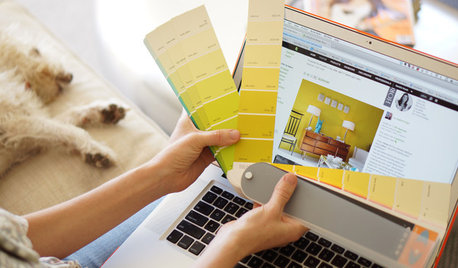
WORKING WITH PROSWorking With Pros: When You Just Need a Little Design Guidance
Save money with a design consultation for the big picture or specific details
Full Story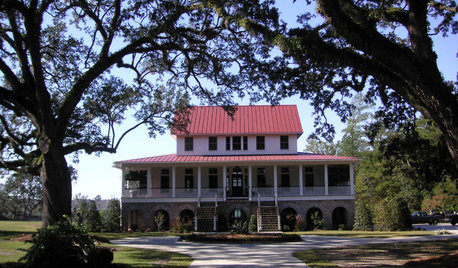
Sixties Southern Style: Inspiration from 'The Help'
Oscar-nominated movie's sets include formal entertaining spaces, front porch breezes and lots of florals
Full Story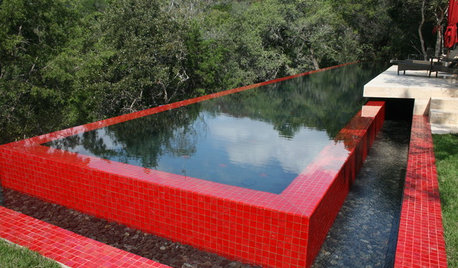
DECORATING GUIDESCelebrate the Year of the Dragon with Water and Red
Welcome the Chinese New Year with photos featuring the legendary dragon's power and the color of luck
Full Story
KITCHEN DESIGNMagic Mirrors Emerge From Fairy Tales
Amazing advancements in computers, interfaces and glass point to a future in which smart surfaces are commonplace in the home
Full Story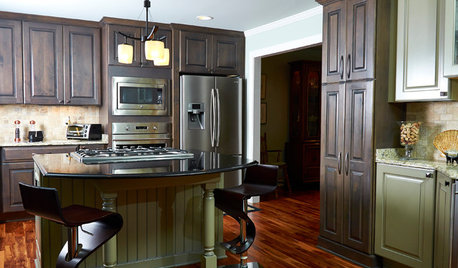
KITCHEN MAKEOVERSKitchen of the Week: Rich Materials, Better Flow and a Garden View
Adding an island and bumping out a bay window improve this kitchen’s layout and outdoor connection
Full Story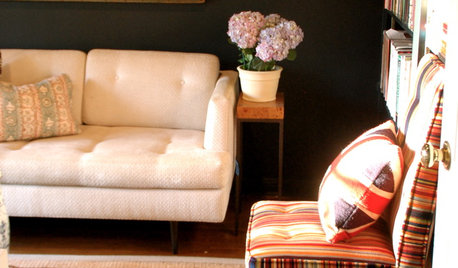
BLACKColor Guide: How to Work With Black
Take a walk on the dark side — your home has nothing to fear with this color when you know how to use it
Full Story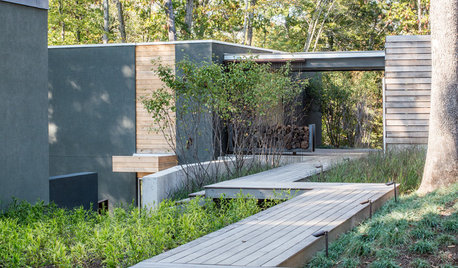
PATHSCreate Garden Mystery With a Zigzag Path
Foster intrigue by setting garden paths at angles ‘yatsuhashi’-style
Full Story
HOLIDAYSShow Us Your Diwali Decor!
Do you celebrate India's festival of lights? We’d love to see your photos from this year and hear how you’ve decorated your home
Full Story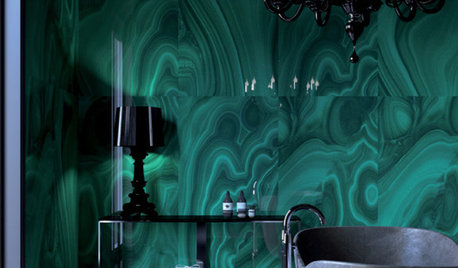
DECORATING GUIDESGeology 101: Malachite Madness
This semiprecious stone has been turning heads since ancient times. See how to incorporate its emerald green swirls into your decor
Full Story





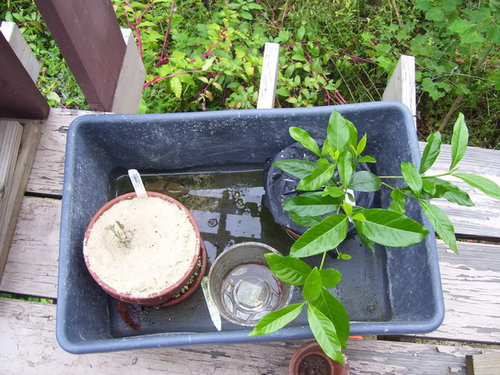

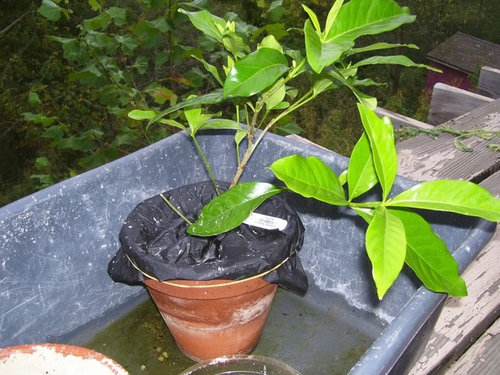


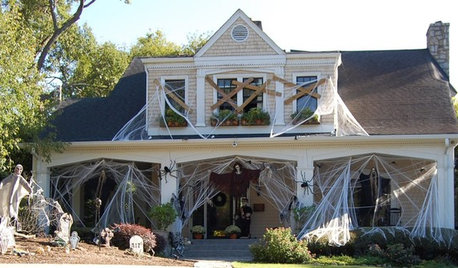
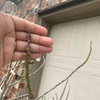
tropical_philippines
meyermike_1micha
Related Professionals
Carson Landscape Architects & Landscape Designers · Manorville Landscape Architects & Landscape Designers · Rossville Landscape Architects & Landscape Designers · Athens Landscape Contractors · Burlington Landscape Contractors · Camp Verde Landscape Contractors · Concord Landscape Contractors · Madera Landscape Contractors · National City Landscape Contractors · New Providence Landscape Contractors · North Plainfield Landscape Contractors · Teaneck Landscape Contractors · Woodbury Landscape Contractors · Cypress Swimming Pool Builders · Pflugerville Swimming Pool BuildersmersiepooOriginal Author
tropical_philippines